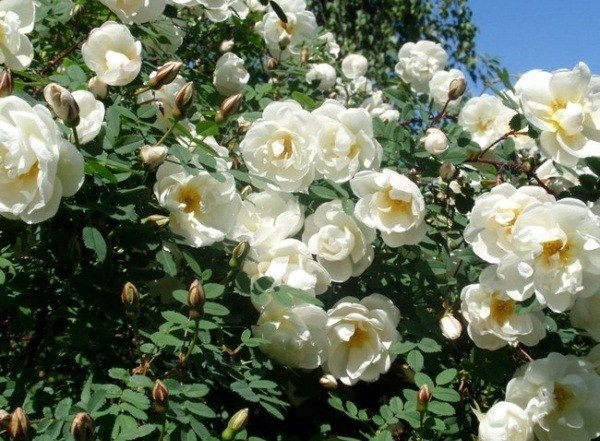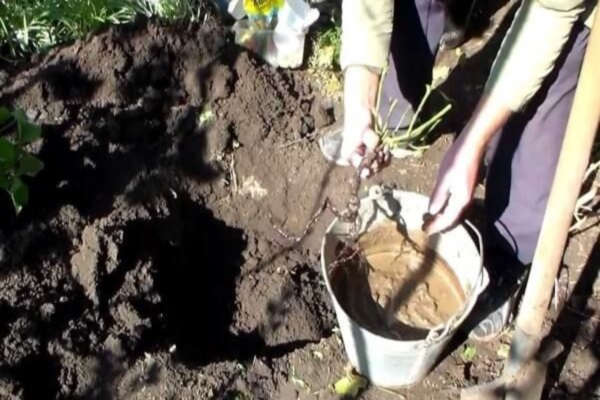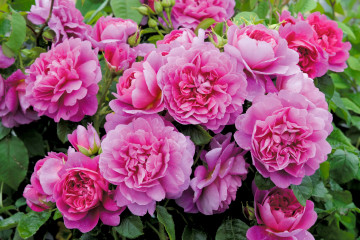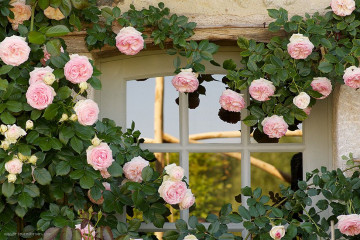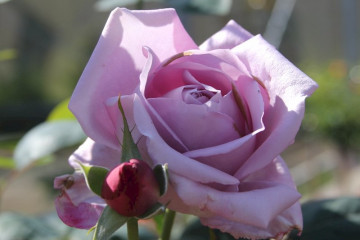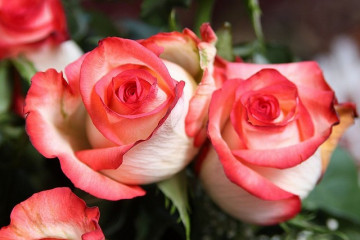Rose J. P. Connell - description of the yellow variety
Content:
Gardeners cultivate many varieties of park roses: Fluorescent, Chinatown, Westerland, Shakespeare, Lichtgenigin and many others, among which there are pink, purple, orange, red. In early summer, the rose bushes of J.P. Connell are covered with a yellow solid blanket. The half-open buds seem to be engraved, the fully open flower resembles a flat cream-colored saucer with a red center. J.P. Connell can add sophistication and sophistication to any garden.
Description of G.P. Connell's rose
Park rose J.P. Connell was bred in 1987. It belongs to the Canadian type of roses, the Explorer series. Many roses from this series were obtained as a result of selection experiments.
Canada is a northern country, so thorny plants can be cultivated in unfavorable climates. Roses tolerate all negative weather fluctuations perfectly. Rose Jay can be planted separately in flower beds or alpine slides next to other garden varieties.
An adult bush of J.P. Connell reaches a height of one and a half meters, about the same width of the bush, straight shoots without thorns. The rose blooms in two waves: first, several brushes of roses bloom, on which 5-7 large flowers are lemon-yellow. They may fade to a creamy tone, but retain the yellow color of the central petals. Demonstrating its charm, the bush in an instant dissolves many buds that exude a light aroma. In place of faded roses, seed boxes appear that look spectacular.
How to grow
To grow a Canadian beauty in your garden, you need to purchase a J.P. Connell rose from a specialized store in the fall. Planting a bush is no different from planting other varieties. You need to start the process with preparatory work.
Site and soil preparation
J. P. Connell rose amazes flower growers with its endurance and unpretentiousness, but in order for it to please with abundant flowering every year, it is necessary to choose a place for planting:
- the site should be sunny, and at the same time covered with branches of some tree, so that the sun's rays do not fall on the bush constantly;
- neighboring trees should not tightly cover the rose garden, a fresh wind is simply necessary for park roses;
- the soil on the site must be nutritious and loose;
- good drainage is necessary (small stones, broken brick) so that the roots of the plant do not stand in the water.
With the beginning of autumn, it is necessary to remove weeds from the site, scatter humus, wood ash, mineral fertilizers and dig up the soil.
How to plant
Step-by-step landing instructions:
- A seedling with a well-developed root system is placed in a growth stimulant solution. You first need to trim the roots and the top.
- You need to dig a hole for planting. Gardeners believe that it is more convenient to plant roses in a square-shaped hole (sizes 60-70 cm).
- If you plan to plant several varieties, then the distance between plants in a row should be up to 1 m (the JP Connell variety grows strongly in width and height).
- After installing the drainage layer, the pit is 2/3 filled with a soil mixture (humus peat, ordinary soil, wood ash). All components, except for sod land, must be taken in the same quantity. It is necessary to fill up the earth in 2 times more.The amount of fertilizer is added according to the instructions.
- The seedling, which has all the roots straightened, is placed in a hole and gradually covered with earth. The graft must remain on the soil surface.
Further care
Caring for Canadian Rose Connell is simple. The main thing is to follow the rules (water, loosen, mulch, apply top dressing in a timely manner):
- park rose Zh P Connel loves moisture, so you should not wait for the soil to dry out too much. It is necessary to ensure regular watering at the root. With the arrival of autumn, watering of roses stops;
- as soon as the layer of earth dries up after watering, it must be loosened up, mulched in order to delay the evaporation of moisture;
- Connell park rose is a powerful plant that holds its shape, so form-building pruning is not necessary. It is enough to remove broken and diseased shoots every spring;
- for the plant to develop fully, it is necessary to carry out regular feeding: apply nitrogen fertilizers in spring, potash and phosphorus fertilizers in summer;
- J.P. Connell does not need shelter, because it is a frost-resistant variety. You can sprinkle the bush with a small layer of soil during the autumn digging of the rose garden.
Breeding varieties
Gardeners who have grown a bush of the Canadian variety in their garden seek to propagate it using cuttings.
Detailed instructions for this process are as follows:
- In July, it is necessary to cut cuttings from strong, healthy shoots. There should be no flowering buds on the shoot.
- The shoot is cut under an oblique cut into pieces 25-30 cm long.
- On each cutting at the base (on one side), the bark is removed by about a centimeter and all leaves are removed, except for the top two.
- In order for the seedlings to take root faster, they need to be kept in a root formation stimulator.
- In the southern regions, shoots can be planted directly into the ground, although gardeners believe that it is better to plant the cutting in a flowerpot and cover it with another vessel.
- The planting material is placed in the shade. He needs regular watering.
The Canadian rose J. P. Connell is an excellent replacement for other capricious varieties. Its advantages are unpretentiousness and resistance to severe frosts (it is not for nothing that it belongs to the Canadian type of roses). Even if there is minimal care for the bush, it will delight you with its incessant flowering throughout the summer.
